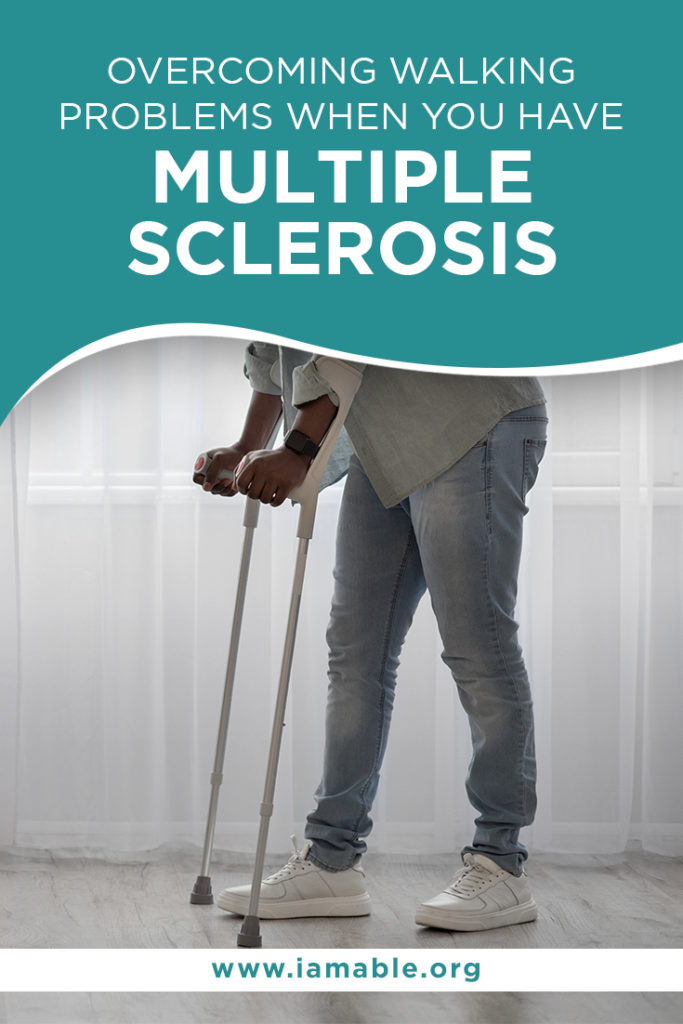Miami, FL 33186

Multiple sclerosis (MS) affects people differently and causes many problems ranging from chronic fatigue to muscle weakness. A condition that severely impacts a person’s gait or way of walking, multiple sclerosis prevents many patients from attending to their usual chores at home or work.
Thankfully, you have several options to overcome your walking problems because of multiple sclerosis. For example, you can tap into exercises for multiple sclerosis in Miami by enrolling in an activity-based therapy. You can also try using assistive devices, physical therapy, and other medical interventions.
Are you familiar with these options? Have you tried any of them to sort out your walking challenges? If you haven’t explored any of these remedies before, maybe our discussion below might encourage you to do so.
Statistics from the National Multiple Sclerosis Society say that about a million Americans have MS. Noticeably, the number of cases has significantly increased in the last three decades. Some believe that this upward trend results from the public’s growing awareness of MS and its health impacts.
In the last decade alone, several celebrities have come forward about getting diagnosed with MS and shared how they cope with their symptoms. A few notable names include Selma Blair, who you might recognize from the Netflix Documentary on MS called Introducing, Selma Blair, and Jason Dasilva, a director and writer globally renowned for his award-winning film feature When I Walk. Both Selma and Jason share about the grueling challenges of MS and how it causes walking problems.
So how exactly does MS cause gait problems? Do all people with MS have trouble walking around? More importantly, what can you do to manage your symptoms and continue moving forward? Will doing exercises for multiple sclerosis in Miami help?
Mobility restriction is among the inevitable symptoms of multiple sclerosis. Studies explain that this mainly results from impaired motor neurons, ataxia, defective vestibular system, and reduced muscle agility and strength. These factors, when combined, can lead to total loss of balance and mobility and increased dependency on mobility devices like canes or wheelchairs.
Thankfully, several steps can help you continue walking or maintain mobility even when diagnosed with MS. Check out our roundup of the most highly recommended activities for people who want to overcome walking difficulties caused by multiple sclerosis.
Several muscles work together to maintain a proper gait. With the guidance of healthcare professionals like doctors and therapists, you can plan a consistent exercise routine to keep these different muscle fibers, joints, ligaments, and bones in good shape. It might also help to know a few exercise tips for people with MS to prevent overexerting your body during each workout session.
Mobility problems due to multiple sclerosis can worsen or improve without warning. As a result, it helps to prepare yourself for the worse. We recommend making necessary home adjustments to ensure your mobility and safety, including the following:
Mobility or assistive devices like canes and wheelchairs can come in extra handy in supporting your weight when moving around. It’s crucial to find one that specifically caters to your needs, so we suggest talking to your primary doctor or physical therapist. Here are some of the standard options for MS patients:
A trained physical therapist can help you figure out what activities you can do to stay active and cope with limited mobility. These exercises might help you improve balance, prevent muscle wasting, and integrate your selected assistive device into your daily routine.
Last on our list is trying activity-based therapy. This form of treatment is proven helpful for many patients living with paralysis or disabilities. While it mainly applies to people diagnosed with spinal cord injury, other patients with mobility problems due to multiple sclerosis can also benefit from this unique approach to healing.
According to a case study, it works by recovering some loss motor functions. Thanks to activity-based therapy, many people who previously struggled with paralyzing injuries and conditions have found a way to retrain their bodies and regain lost functions.
Keeping an active lifestyle can be difficult when you have multiple sclerosis. However, that doesn’t mean that you no longer have a chance to walk or move around again. With the help of your healthcare team and proper practices and exercises for multiple sclerosis in Miami, you can improve how you cope with your symptoms and the mobility challenges that stem from MS.
Do you want to learn more about activity-based therapy and the other vital factors that can affect how you thrive when you have a paralyzing condition such as multiple sclerosis? Then, download a copy of the FREE eBook on the essential steps to living with paralysis.
Grab our free e-book 7 Unbelievably Important Steps to Take to THRIVE after Paralysis by clicking the image below.
